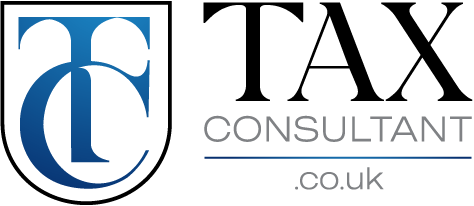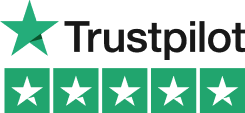Partial
Exemption
Businesses that make both taxable and exempt supplies face additional challenges under VAT legislation. In these cases, claiming input tax becomes more involved, and incorrect treatment can lead to overpayments, HMRC scrutiny, or even penalties. That’s why understanding and applying the partial exemption rules is crucial for staying compliant and protecting cashflow.
At Tax Consultant, we help businesses deal with every aspect of partial exemption—from initial assessment through to residual input tax apportionment, method reviews, and support during annual adjustments. Whether you’re new to VAT or already working with complex supplies, we ensure your approach is accurate and well-documented.

Understanding Partial Exemption
Partial exemption applies when a business incurs input tax on purchases used to support both taxable supplies and exempt supplies. While input tax linked entirely to taxable activities is usually recoverable, VAT related to exempt activities cannot be claimed. The real challenge arises with overheads and shared costs—expenses that support both taxable and exempt activities. These are referred to as residual input tax and must be apportioned in line with VAT rules.
This is where errors often occur. Many businesses underestimate the importance of applying a reasonable method for splitting residual costs. Without the right method, you may be over-claiming or missing out on VAT you’re eligible to recover. We assess your supply structure in full and help you determine the correct treatment.
The Standard and Special Partial Exemption Methods
Most businesses start with the standard partial exemption method, which uses a turnover-based formula to work out the percentage of residual input tax that can be recovered. It’s simple in theory but doesn’t always reflect the true use of your resources—especially if your taxable turnover is disproportionately low.
When the standard method creates distortion, HMRC allows businesses to apply for a special partial exemption method. This can be based on alternative metrics like floor space, transaction volumes, or employee time spent. We work closely with clients to design, justify, and submit special method proposals to HMRC. If accepted, these methods provide a fairer reflection of business activity and often result in greater VAT recovery.

The De Minimis Rules
In some cases, businesses that are technically partially exempt may still recover all their input tax if they meet the de minimis threshold. To qualify, exempt input tax must not exceed £625 per month on average (or £7,500 annually), and must also be no more than 50% of total input tax. Passing both tests means full VAT recovery is allowed—even on costs linked to exempt activities. This rule can save significant time and money, but only if monitored and applied correctly. We assess this for you each period and ensure the calculations are documented properly.

Annual Adjustment and Ongoing Reviews
Partial exemption is not a one-off process. Each VAT year, you must carry out an annual adjustment to compare the input tax recovered throughout the year to the figure you would have calculated based on annual figures. This ensures your VAT position is correct and reflects the actual proportions of taxable and exempt activities.
Errors in the annual adjustment can trigger unwanted attention from HMRC. We handle this entire process—from collecting the data to recalculating percentages and filing the necessary return entries. If any corrections are required, we guide you through that too, avoiding penalties and keeping your records accurate.

Sector-Specific Support
Partial exemption issues are especially common in sectors like finance, property, healthcare, education, and charities. In these industries, it’s typical to see a mixture of exempt supplies (such as rental income or financial services) and taxable supplies (such as consultancy or commercial activity). We provide tailored support to each sector, considering its specific supply chains and cost structures.
We also advise on changes to VAT recovery when businesses expand services, restructure, or change premises—any of which can shift the balance of taxable to exempt activity and impact the recovery method. Our team works proactively to keep your VAT treatment aligned with your real-world activity.

Why It Matters
Incorrect handling of partial exemption can lead to overclaimed VAT and the need to repay HMRC with interest or penalties. It can also mean under-claiming and losing out on thousands of pounds that could have been recovered. With our in-depth experience and direct communication with HMRC, we reduce the risk of errors and help you get it right from the start.
Our services cover:
- Full review of your supply structure
- Calculation of residual input tax
- Advice on input tax recovery under both standard and special methods
- Applications for special partial exemption methods
- Periodic testing against de minimis limits
- Preparation of the annual adjustment
- Sector-specific compliance advice
We offer tailored advice on how each activity should be treated for VAT purposes, and we support in documenting your tax position in a way that’s consistent, logical, and clear to HMRC.

Ready to Take Control of Your VAT Position?
If your business is affected by partial exemption, don’t leave VAT recovery to chance. Tax Consultant provides clear, reliable support that helps you apply the right methods, recover the correct VAT, and comply fully with HMRC expectations.
Contact us today to book a consultation or speak with a VAT advisor. Let’s help you take control of your partial exemption responsibilities with clarity and confidence.





